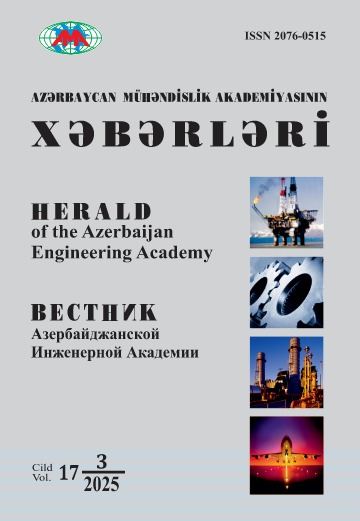Hydrogen Wear of Friction Pairs of Band-Shoe Brake
DOI:
https://doi.org/10.52171/2076-0515_2023_15_01_43_54Keywords:
hydrogen wear, band-shoe brake, friction pairs, hydrogenation, wear of a metal friction elementAbstract
The article analyzes the features of hydrogen wear of friction pairs of a drawworks band-shoe brake. The research is based on the components of structural steel 35KhNL (35ХНЛ), from which the brake pulley is made, and their interaction with atomic hydrogen. The general regularities of hydrogen wear as a specific type of surface destruction are considered. At the same time, the following was established: the crystal lattice of the metal is the main calmer and exciter in the metal due to the uneven distribution of the components of the structure of the mismatch parameters, oxidation of the metal at the grain boundary, distortion of the crystal lattice and other factors; an increase in the surface temperature at the metal-polymer contact causes thermal degradation of polymers with the formation of various kinds of hydrocarbons and other intermediate compounds, the dehydrogenation of which releases hydrogen; the “oxygen-hydrogen” bond in the H2O molecule, according to Pauding, is 39% ionic in nature, which allows, with an increase in water concentration, to shift the equilibrium towards the formation of hydrogen ions; making through holes of different diameters in the pulley rim and in the friction linings makes it possible to remove hydrogen from the friction zone of the brake friction units.
Downloads
Published
How to Cite
Issue
Section
License

This work is licensed under a Creative Commons Attribution-NonCommercial 4.0 International License.



